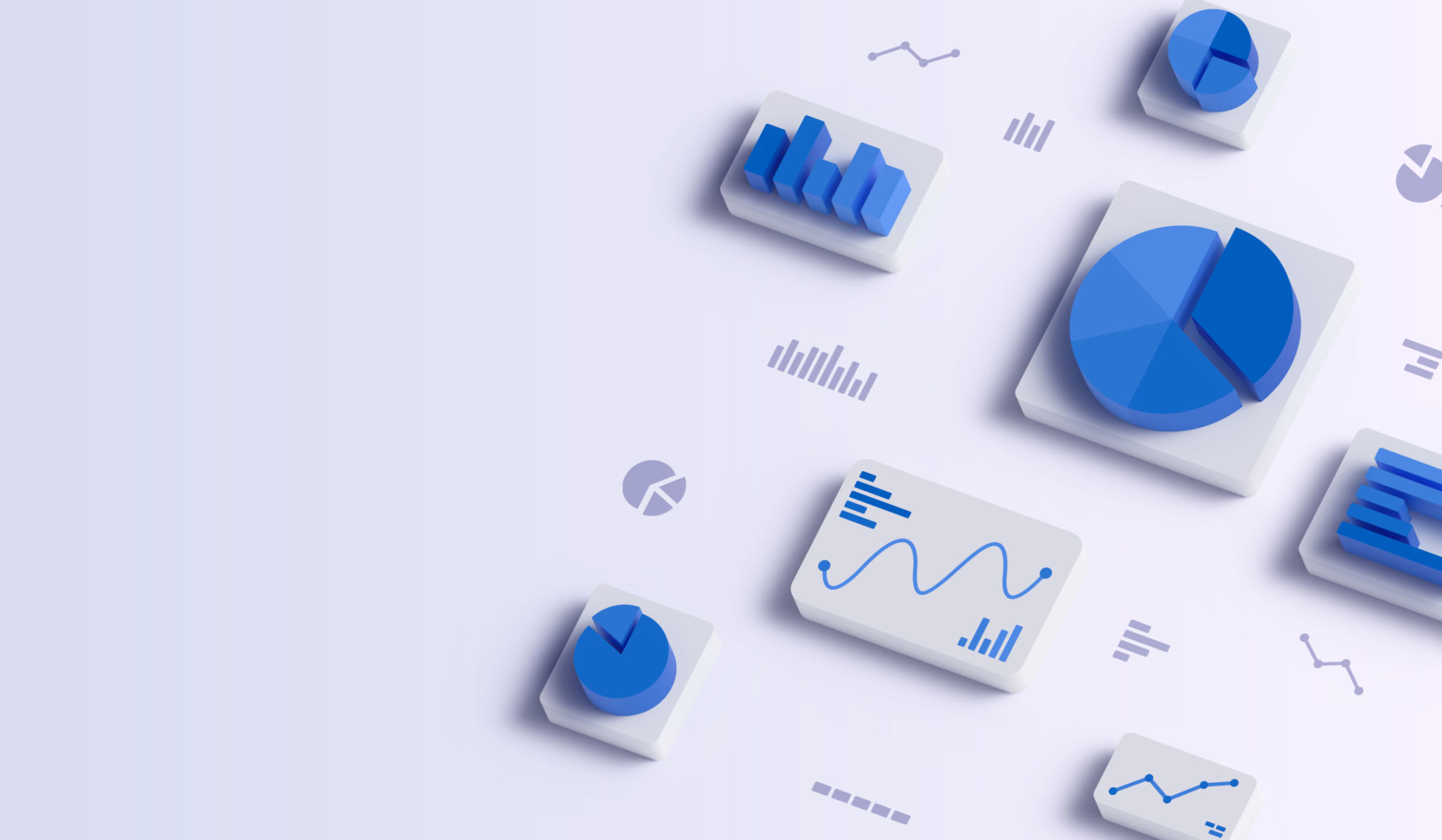Seasonal Trends in Industrial Design: How to Stay Ahead
Understanding Seasonal Trends in Industrial Design
Industrial design is an ever-evolving field that continuously adapts to the changing seasons and consumer preferences. Understanding these **seasonal trends** is crucial for designers who want to stay ahead in the competitive market. From color palettes to material choices, each season brings its own set of influences that can significantly impact design decisions.

The Impact of Color Palettes
Color plays a significant role in setting the tone and mood for any design project. As seasons change, so do the trending colors in industrial design. For instance, spring often brings lighter and pastel shades, reflecting renewal and growth, while autumn might see a shift towards earthy tones and deeper hues. Designers need to be aware of these shifts to ensure their products resonate with current consumer sentiments.
Keeping up with color trends requires constant research and an understanding of the broader cultural context. Many designers look to fashion and interior design for inspiration, as these industries often lead the way in color trends. By incorporating the latest color palettes into your designs, you can ensure your products remain fresh and appealing.
Material Selection: Balancing Function and Aesthetics
Just as important as color is the selection of materials. Seasonal trends often dictate not just the look but also the feel of materials used in industrial design. In summer, lightweight and breathable materials might dominate, while winter could see a preference for heavier, more insulating options. Understanding these preferences helps designers create products that are both functional and aesthetically pleasing.

Moreover, sustainability has become a crucial consideration in material selection. With consumers becoming more eco-conscious, designers are increasingly opting for sustainable materials that reduce environmental impact. This trend is not confined to any particular season but is an ongoing shift that influences how materials are chosen throughout the year.
Embracing Technology and Innovation
Technology continues to play a significant role in shaping seasonal trends in industrial design. From 3D printing to advanced manufacturing techniques, technological advancements allow designers to experiment with new forms and functionalities. Staying updated with these innovations can give designers a competitive edge, enabling them to create cutting-edge products that meet market demands.
Incorporating smart technology into designs is also becoming more prevalent. As consumers seek more connected and intelligent products, integrating technology into product designs can enhance user experiences and add value. This trend is particularly evident in home appliances and consumer electronics.

Staying Ahead of the Curve
To stay ahead in the world of industrial design, it is essential for designers to continuously educate themselves about emerging trends. Networking with industry professionals, attending trade shows, and following design publications can provide valuable insights into the latest developments.
Moreover, engaging with consumers through surveys or focus groups can offer direct feedback on what is resonating with them. By understanding consumer needs and preferences, designers can tailor their creations to meet market demands effectively.
Conclusion: The Future of Industrial Design
The future of industrial design lies in the ability to adapt to seasonal trends while also embracing innovation and sustainability. By understanding the dynamics of color, material selection, and technology integration, designers can create products that are not only aesthetically pleasing but also functional and relevant. Staying informed and agile will ensure that designers remain at the forefront of the industry.
